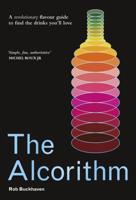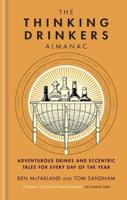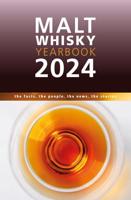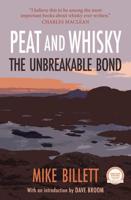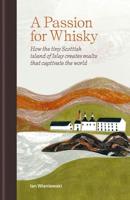Publisher's Synopsis
This historic book may have numerous typos and missing text. Purchasers can download a free scanned copy of the original book (without typos) from the publisher. Not indexed. Not illustrated. 1920. Excerpt: ... through, and with which they are mixed. By this means it is brought to lie quite compactly on the surface of the cloth, and presents only the minutest openings or pores for the liquid to pass through, so minute as to arrest all particles not perfectly liquid. Another kind which employs charcoal in powder has additional effect, not altogether mechanical, by reason of a certain affinity or cohesive power which that substance has for mucilaginous and albuminous materials, the which it withdraws from liquids in contact with it, and retains with tenacity. Apple juices have an excess of this material, which is a source of danger to the stability or keeping quality of cider, and which it is therefore desirable to remove from the juice as early and as fully as possible. For this reason charcoal filters are preferable for cleansing juices, though they are not admissible for cider, and the filter required for juices is quite different from that used for clearing cider and wine. The purpose now is mainly to remove the minute fragments of skins, seeds, and parenchyma suspended in the juice, and incidentally, also, a portion of the mucilaginous matters, and with as free access of air as may be easily procured, which at the present stage can only be beneficial so long as it is pure and untainted. The purpose, in filtering, after cider is made, --that is, at the close of the vinous fermentation, --is to clear the liquid of all suspended matters produced in fermentation, mainly cells of spent yeast, without exposure to the air, which at this stage is now a source of danger. The filters for the two purposes are usually different, though that for cider may be used for cleansing juice; but the common filter for juice is not suited for cider, on account of the.great exposure t.

